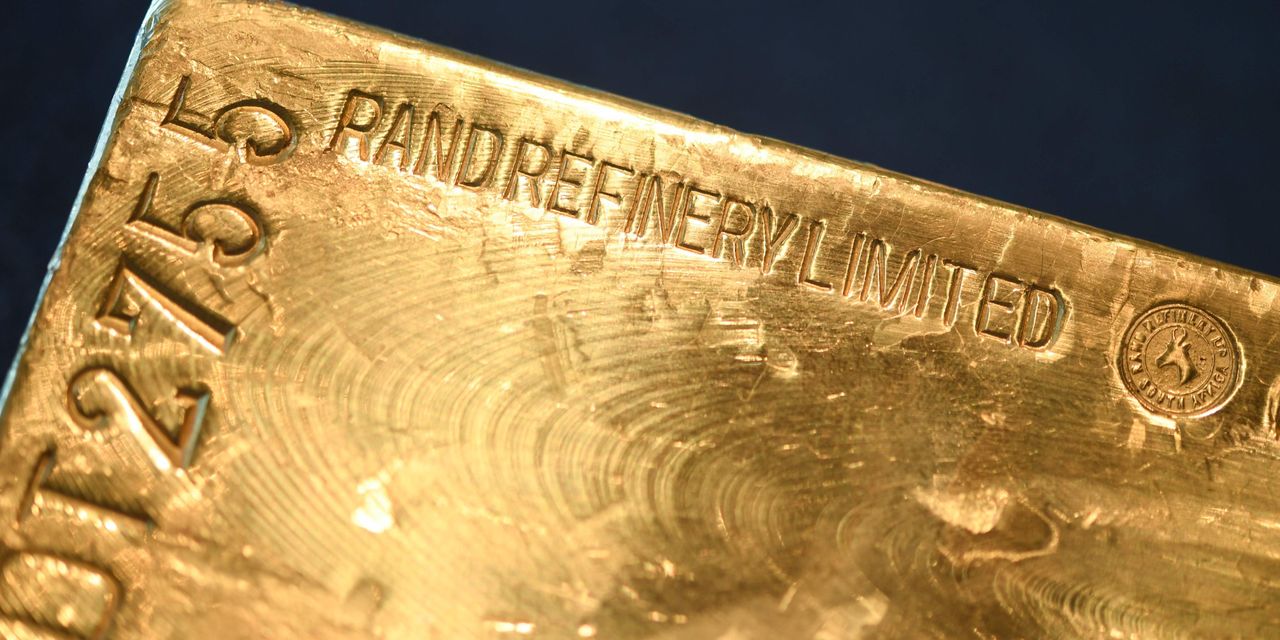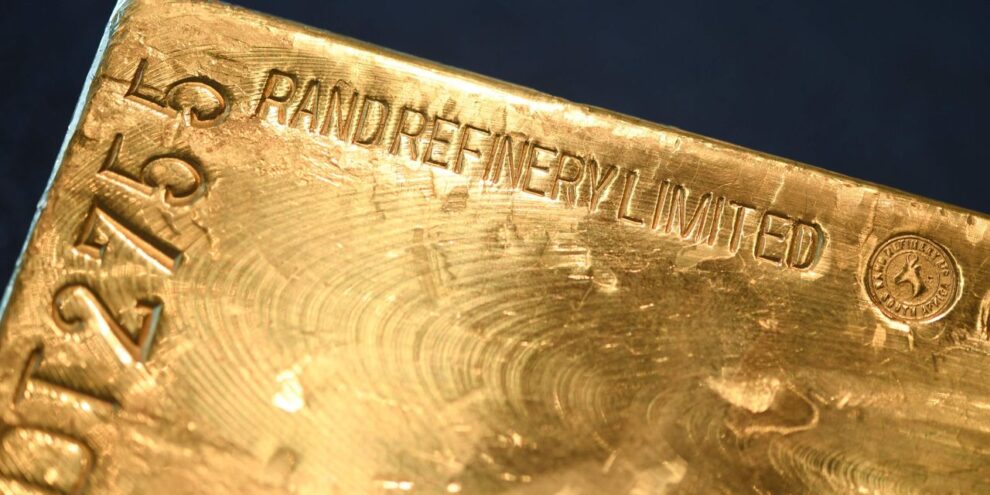
Gold futures traded mostly higher on Friday, but struggled to hold above the key $2,000-an-ounce level, as banking-sector fears spread to Germany’s Deutsche Bank, contributing to a slide in the U.S. stock market.
Silver prices also climbed, rising to their highest level in more than six weeks.
Price action
- Gold futures for April delivery GC00, -0.04% GCJ23, -0.04% was up $1.10, or nearly 0.1%, to $1,997 per ounce on Comex, though seesawed between modest losses and gains in Friday dealings. They settled at $1,995.90 on Thursday, the highest for a most-active contract since March 10, 2022, FactSet data show. For the week, prices were on track for a gain of around 1.2%.
- Silver futures for May SI00, +0.62% SIK23, +0.62% rose by 20.9 cents, or 0.9%, to $23.465 per ounce, trading at levels not seen since early February.
- Palladium futures for June delivery PAM23, -2.25% fell by $19.30, or 1.4%, to $1,413.50 per ounce, while April platinum PLJ23, -1.56% declined by $13.10, or 1.3%, to $979.80 per ounce.
- Copper futures for May delivery HGK23, -1.61% fell by 4 cents, or 1%, to $4.084 per pound.
Market drivers
“The curse of the big round number has struck again, and gold is struggling to get past $2,000,” Adrian Ash, director of research at BullionVault, told MarketWatch.
Gold futures traded as high as $2,006.50 in Friday dealings, after touching intraday highs above $2,000 two other times this week, but prices still haven’t settled above that key mark since March 10 of last year.
Gold has benefited from safe-haven inflows since the collapse of California’s Silicon Valley Bank earlier this month.
A risk-off mood returned to global markets on Friday as Deutsche Bank AG DBK, -9.37% shares slumped more than 13, while Treasury yields declined as investors sought out the safety of government debt.
Just like in 2008, when gold first topped $1,000 an ounce on the Bear Stearns’ bailout, “gold has found a strong bid from anxious savers and investors, but in a genuine crisis everything gets sold,” said Ash, noting steep losses in equities that can become a headwind for bullion.
The big difference from 15 years ago, however, is the strong bid coming from central-bank buying and also China’s private-sector gold demand, he said.
“Short-term panics aside, the underlying strength that’s seen gold stair-stepping higher across the last five years looks set to continue, with a rising floor built by emerging-market sovereigns and households,” said Ash.





